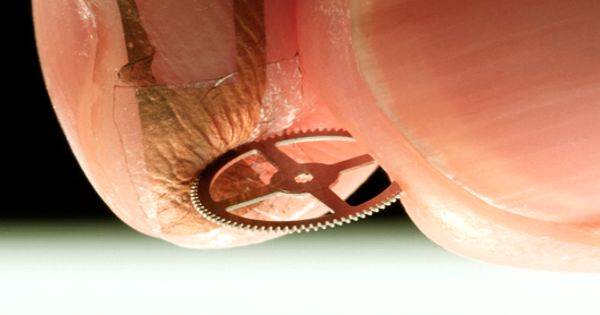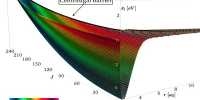Demonstration of Pressure Sensing Hand Gesture Recognition
An imperceptible thin-film sensor to record movement and the sense of touch. Hand movement measurements are vital for upper extremity rehabilitation, particularly after stroke. Wearable hand gesture recognition is a promising approach as it has been shown to aid in upper extremity stroke rehabilitation.
Researchers have recently devised an ultrathin pressure sensor that can be attached directly to the skin. This tiny device can gauge how fingers interact with objects to produce helpful data for both technological and medical applications.
Researchers have developed an ultrathin pressure sensor that can be attached directly to the skin. The sensor has a slight effect on the sensitivity and ability of the users to grip objects. It can measure how fingers interact with objects to produce useful data for medical and technological applications. It is also described as “resistant to disruption from rubbing.” This project presents a new approach to wearable hand gesture recognition and finger angle estimation based on barometric pressure sensing. The sensor has minimal effect on the users’ sensitivity and ability to grip objects, and it is resistant to disruption from rubbing. Wearable hand gesture recognition is also fundamental to enabling intelligent upper extremity prosthetics to function in real-life situations. The team also hopes their sensor can be used for the novel task of digitally archiving the skills of craft workers.
There are various reasons the study authors wish to record motion, as well as other physical details associated with both hands and fingers. Our hands are our primary tools for directly interacting with, and manipulating, materials, and our immediate environments. A wearable prototype consisting of an array of barometric pressure sensors around the wrist was developed and validated with experimental testing for three different hand gesture sets and finger flexion/extension trials for each of the five fingers. By recording the way in which hands perform various tasks, it could help researchers in fields such as sports and medical science, as well as neuroengineering and more. But capturing this data is not easy.
The hands are the primary mechanisms for directly interacting with and handling materials and immediate environments. “Our fingertips are extremely sensitive, so sensitive in fact that a superthin plastic foil just a few millionths of a meter thick is enough to affect somebody’s sensations,” said Lecturer Sunghoon Lee of The Someya Group at the University of Tokyo.
This project demonstrates that a barometric pressure wristband can be used to classify hand gestures and to estimate individual finger joint angles. Lee and his team made two kinds of layers for their sensors. Both layers were made by a process called electrospinning, which resembles a spider spinning its web. One is an insulating polyurethane mesh with fibers about 200 nanometers to 400 nanometers thick, about one-five-hundredth the thickness of human hair. The second layer is a stencil-like network of lines that forms the functional electronic component of the sensor. This is made from gold and uses a supporting frame of polyvinyl alcohol, often found in contact lenses, which after manufacture is washed away to leave only the gold traces it was supporting. Multiple layers combine to form a functional pressure and movement sensor.
“We performed a rigorous set of tests on our sensors with the help of 18 test subjects,” said Lee. “They confirmed that the sensors were imperceptible and affected neither the ability to grip objects through friction nor the perceived sensitivity compared to performing the same task without a sensor attached. This is exactly the result we were hoping for.”
This is the first time in the world a fingertip-mounted sensor with no effect on skin sensitivity has been successfully demonstrated. This approach could serve to improve clinical treatment for upper extremity deficiencies, such as for stroke rehabilitation, by providing objective patient motor control metrics to inform and aid physicians and therapists throughout the rehabilitation process. If these processes can be recorded, it could become possible to train machines in how to perform tasks to a greater degree of fidelity than has ever been achieved before.















